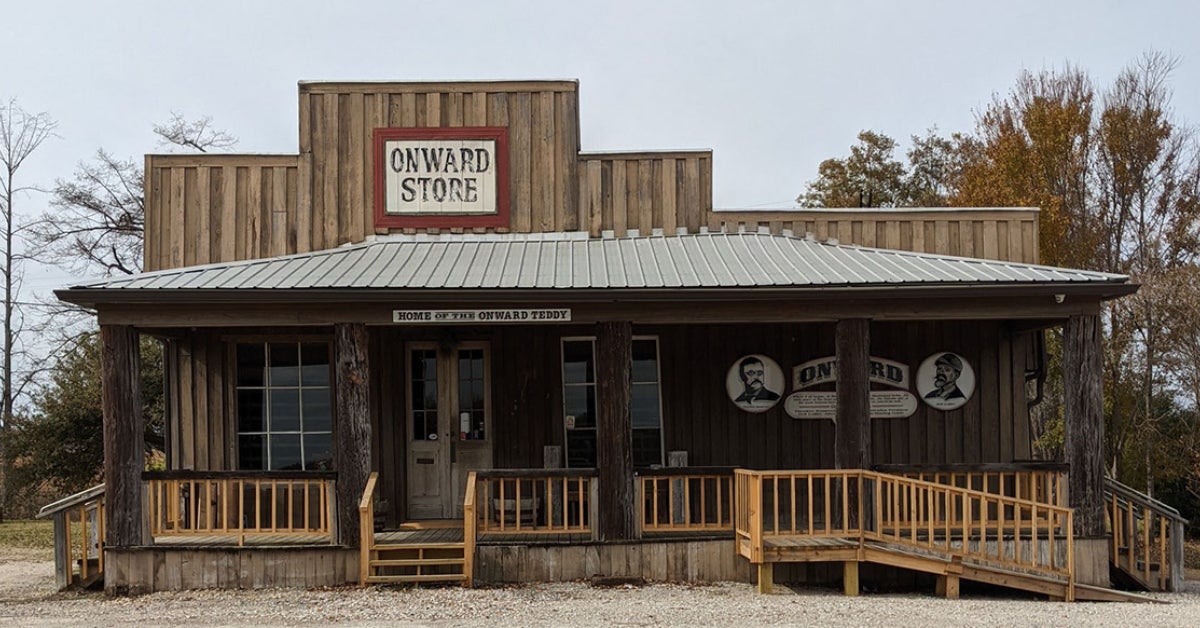Shells found in cannons aboard USS Cairo exhibit
Published 12:00 am Wednesday, November 19, 2003
U.S. Army Sgt. Linda Wooten, left, and Sgt. Anthony Verbeck inspect the inside of one of the USS Cairo’s cannons Tuesday in the Vicksburg National Military Park.(Jon Giffin The Vicksburg Post)
[11/19/03]Cannons in the USS Cairo exhibit were X-rayed Tuesday by a U.S. Army explosives team, but no conclusions were reached on whether they remain dangerous after more than a century on the river bottom and decades on display.
Curator Elizabeth Joyner said she was checking records on the recovery of the Union ironclad when she realized some of the weapons might still be loaded.
Explosive ordnance disposal technicians Sgts. Linda Wooten and Anthony Verbeck brought a portable X-ray machine from Camp Shelby, an Army base near Hattiesburg, to check for hazards in the four cannons that Joyner determined had not been unloaded.
“I couldn’t get through to see it good,” Wooten said of the barrels that are believed to still contain projectiles. The metal is inches thick, and the machine was underpowered for the task.
The Cairo was in a fleet of Union boats sent both up and down the Mississippi River during the Civil War as part of naval efforts to capture Vicksburg, a stronghold of the Confederacy.
It was sunk by a mine during an expedition up the Yazoo on Dec. 12, 1862, and remained there until recovered in 1964. After years of wrangling, funding was obtained to make the historic craft’s remnants part of a museum display in the Vicksburg National Military Park where about 900,000 people tour every year.
Joyner said she was reviewing records of the cannons’ retrieval that showed some were unloaded after they were raised, but one barrel was damaged in the process.
“The people working on the raising asked the Navy demolition team to stop what they were doing because they were afraid the cannons would be damaged,” she said. “Safety is a big concern, but you have to balance that out with protection of the resource.”
Joyner said park staff followed up by shining flashlights down the barrels of the four guns that records showed remained loaded. After seeing what they thought were shells, they reported their findings to park management. If explosives or propellants remain behind those shells, they could still be active, even after 141 years.
“We did some preliminary research yesterday when they called us at the unit,” said Wooten, who referred to books containing pictures of Civil War-era shells. She and Verbeck used measurements and comparisons with similar unloaded guns to determine where in the barrels the projectiles were and what space might be behind them.
She said she had never been called to handle any similar material. “I would think very few people have,” she said.
At least three of the four cannon barrels she and Verbeck examined contained projectiles, and at least one of those was broken inside the barrel, she said.
Three of the cannons were 42-pound guns with rifled barrels. The other was a 32-pound, smoothbore cannon. Both could deliver explosive shells, examples of which are on display inside the Cairo museum.
All four guns are in the display. Two are on opposite sides of the ironclad and two point straight ahead. The guns were stored in Vicksburg while the remains of the boat were stored at Pascagoula’s Ingalls Shipyard from its retrieval until 1977, when it was returned to Vicksburg and its restoration was begun. The Cairo museum was completed in 1980.
Joyner, a 21-year-park employee, said some gunpowder was found dry inside the boat and its weapons, even after more than 100 years underwater.
“The fuse hole in the back was blocked up by corrosion or whatever, and it was dry,” Wooten said of a cannon that was found with dry powder.
Wooten also said corrosion might have fused projectiles to the inside surface of barrels, lessening the danger, but making removal difficult if not impossible.
Wooten suggested to park officials that they ask for help from teams with more-powerful X-ray equipment.
The exhibit was closed to visitors briefly during the technicians’ work but was reopened after their departure.
The Cairo was one of seven gunboats in its class. In addition to 13 guns on board, there was a crew of 159. In the Cairo’s case, ages ranged from 14 to 64. After it struck the mine, the boat sank in about 12 minutes. After attempting to run the ship aground, Capt. Thomas Selfridge ordered his crew to abandon. No lives were lost.
“We’re always conducting research; that’s part of our job,” Joyner said. “I just thought I would check it out, because it raised some concerns.”





